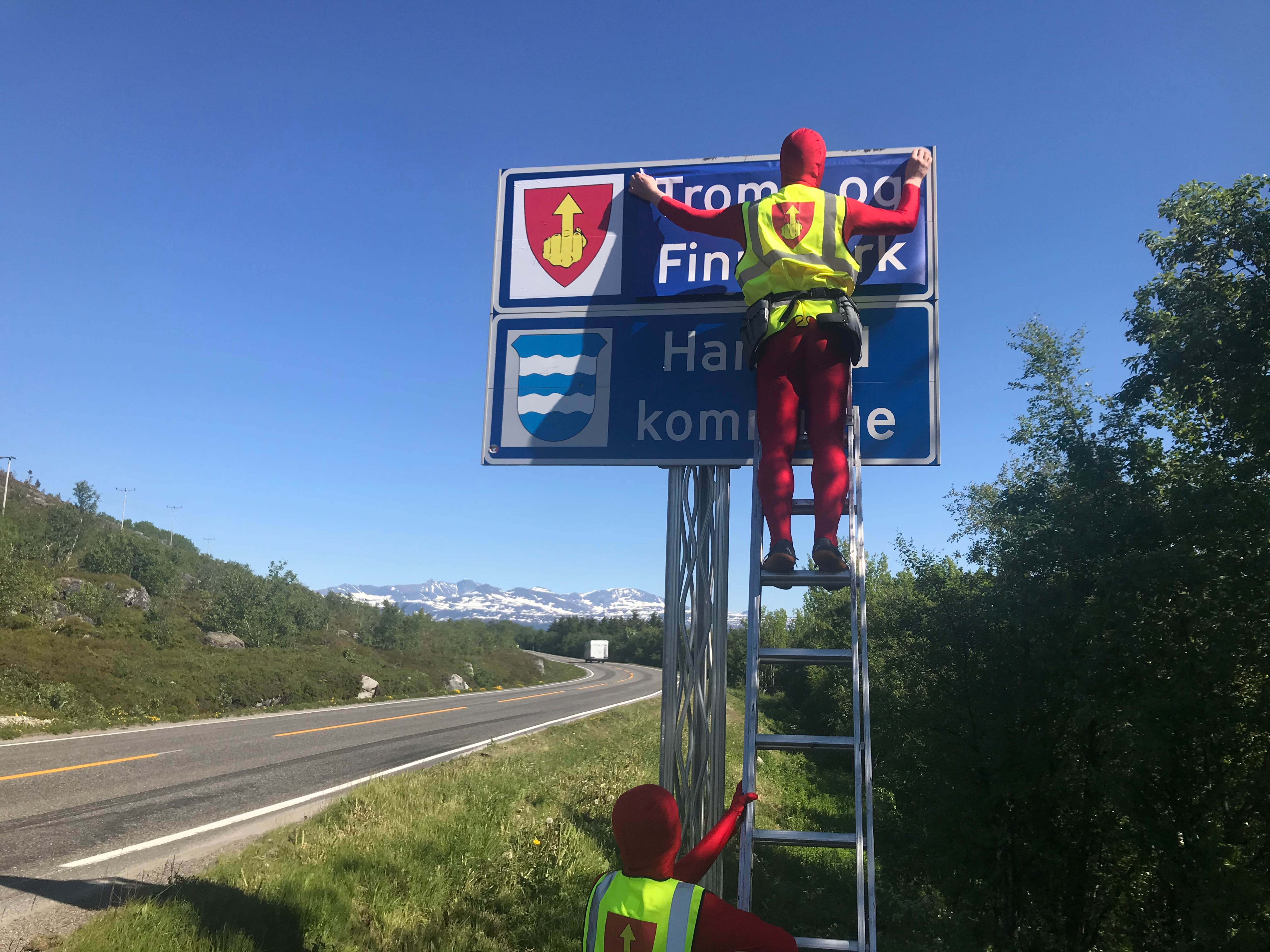Icelandic Kami
DOI:
https://doi.org/10.7557/13.5473Keywords:
utamakura, Ueda Shizuteru, Takahashi Mutsuo, Nō, Japanese aesthetics, Icelandic sagas, Fóstbræðra saga, Intercultural artistic practice, Multimedia musicAbstract
Utamakura is a traditional Japanese technique of recognizing, interpreting, and utilizing the web of intertextual meanings which have accrued around particular place names over centuries of poetic practice. In general, these utamakura places were originally (in the 7th-9th centuries) associated with Shintō gods (kami), though in later periods the web of meanings in most cases came to include (and often became dominated by) secular rather than spiritual associations. Japanese poet Takahashi Mutsuo, who has published both poetic and theoretical works on the subject of utamakura, seeks to recover the original spiritual power of utamakura place names. He has also expanded the concept to include places of mythic spiritual importance outside of Japan, mostly in the Greco-Roman world.
Taking inspiration from Takahashi's revivification of this mediaeval poetic device, I am currently in the midst of a three-year project to write a series of (at this point seven) multimedia chamber music pieces called the utamakura series, pieces inspired alternately by traditional Japanese locations and locations in Northern Europe. My 2018 piece utamakura 2: Arnardalar for violin, piano, and fixed audiovisual media is an exploration of the Icelandic valley of Arnardulr in the Westfjords, the setting of a key early scene in the Fóstbræðra saga. My work draws on both the saga's descriptions of the place and the current place as it is today, highlighting the flux of time and exploring the power of art to infuse itself into – and change perceptions of – physical locations.
In this paper, I will explain the conceptual processes involved in writing the piece, with an emphasis on the intercultural aesthetic of my work and how Japanese philosophy of art and religion can offer a creative new perspective on the Scandinavian lands which are the settings of the North's oldest literature.
References
Chadwick, Patrick, dir. 2002. Memories Of Old Awake. Cambridge: University of Cambridge. Accessed 17 April 2019. https://youtu.be/2Z4_BhW1sI8
Glauser, Jürg. 2000. ‘Sagas of the Icelanders (Íslendinga sögur) and þættir as the Literary Representation of a New Social Space’. In Old Icelandic Literature and Society, ed. Margaret Clunies Ross, 203–220. Cambridge: Cambridge University Press.
Hall, Alaric. 2007. Elves in Anglo-Saxon England: Matters of Belief, Health, Gender and Identity. Woodbridge: Boydell Press.
Jamieson, Daryl. 2018. ‘Hollow Sounds: Toward a Zen-Derived Aesthetics of Contemporary Music’. The Journal of Aesthetics and Art Criticism 76(3): 331–340.
Johnson, Matthew. 2012. ‘Landscape studies: The future of the field’. In Landscape Archaeology between Art and Science: From a Multi- to an Interdisciplinary Approach, ed. S. J. Kluiving and E. B. Guttmann-Bond, 515–525. Amsterdam: Amsterdam University Press.
Laxness, Halldór. 2016. Wayward Heroes. Trans. Philip Roughton. New York: Archipelago.
Lethbridge, Emily. 2019. Icelandic Saga Map. Accessed 17 April 2019. http://sagamap.hi.is/
Lethbridge, Emily. 2019. ‘The Icelandic Sagas and Saga Landscapes: Writing, Reading and Retelling íslendingasögur Narratives’. Gripla XXVII: 51–92.
Loftsson, Jón. 1993. ‘Forest Development in Iceland’. In Forest Development in Cold Climates, ed. J. N. Alden, J. L. Mastrantonio, and S. Ødum, 453–461. Boston: Springer.
Macfarlane, Robert. 2015. Landmarks. London: Hamish Hamilton.
Marra, Michael F. 2010. Essays on Japan. Leiden: Brill.
Ross, Margaret Clunies. 2001. ‘The Skald Sagas as a Genre: Definitions and Typical Features’. In Skaldsagas: Text, Vocation, and Desire in the Icelandic Sagas of Poets, ed. Russell Poole, 25–49. Berlin: de Gruyter, 2001.
Takahashi Mutsuo. 2005. Utamakura awase. Tokyo: Shoshi Yamada.
Takahashi Mutsuo. 2011. Shishin ni-sen nen: susanowo kara 3/11 e. Tokyo: Iwanami Shoten.
Thin Edge New Music Collective. 2014–2019. Thin Edge New Music Collective. Toronto. Accessed 17 April 2019. https://thinedgenewmusiccollective.com/
Thornhill, Arthur H. 1993. Six Circles, One Dewdrop: The Religio-Aesthetic World of Komparu Zenchiku. Princeton: Princeton University Press.
Ueda Shizuteru. 2011. ‘Language in a Twofold World’. Trans. Bret W. Davis. In Japanese Philosophy: A Sourcebook, ed. James W. Heisig, Thomas P. Kasulis, and John C. Maraldo, 765–784. Honolulu: University of Hawai’i Press.
Wilson, William Scott. 2006. ‘Introduction’. In The Flowering Spirit: Classic Teachings on the Art of Nō, 13–57. Tokyo: Kodansha International.
Zeami Motokiyo. 2006. The Flowering Spirit: Classic Teachings on the Art of Nō. Trans. William Scott Wilson. Tokyo: Kodansha International.









